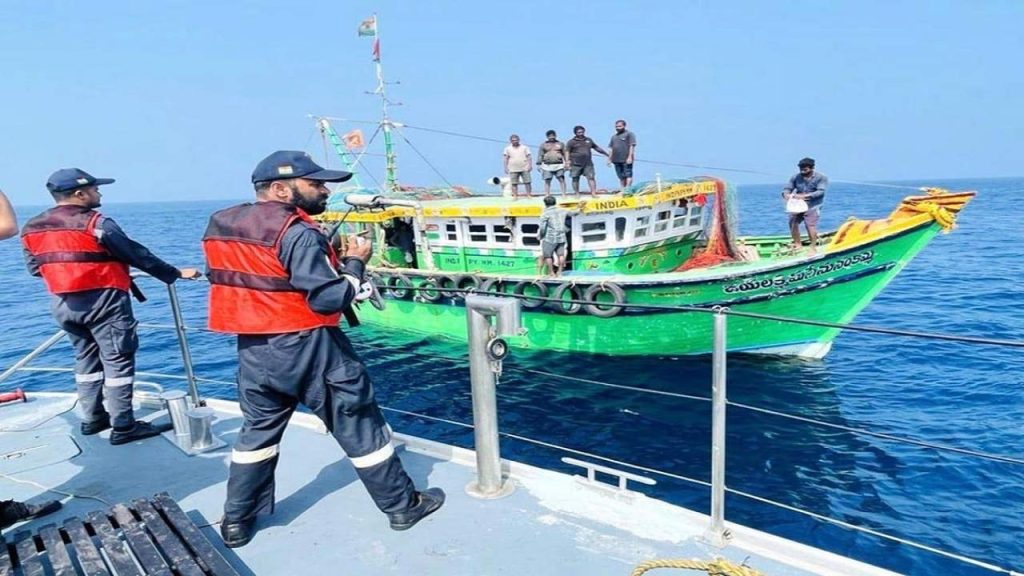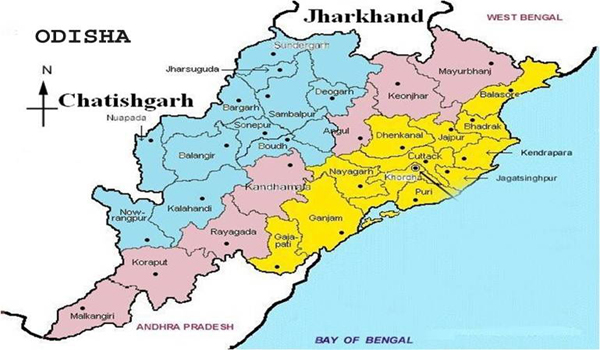BHUBANESWAR, India – A large-scale coastal security drill, codenamed Sagar Kavach, was recently conducted along the 480-kilometer coastline of Odisha to audit and enhance the state’s maritime security apparatus. The two-day exercise involved a coordinated effort among more than a dozen central and state agencies, testing their preparedness against potential seaborne threats.

The exercise simulated infiltration attempts by hostile elements, aiming to identify weaknesses and improve inter-agency synergy in real-time threat scenarios. This biannual drill is a direct outcome of the security reassessment following the 2008 Mumbai terror attacks, which were carried out by terrorists who reached the city via the sea.
Objectives and Execution of the Drill
The primary objective of Sagar Kavach, which translates to “Sea Shield,” is to evaluate the effectiveness of the existing coastal security mechanism. The exercise is designed to be as realistic as possible, ensuring all participating units are prepared for genuine emergencies.
During the drill, personnel were divided into two main teams: the Red Force and the Blue Force.
- Red Force (Attackers): Comprising personnel from the Indian Navy and Indian Coast Guard (ICG), this team acted as hostile elements attempting to infiltrate the coastline at various points. They used fishing trawlers and other unmarked boats to simulate clandestine entry.
- Blue Force (Defenders): This larger group, consisting of the Odisha Police’s marine wing, the Central Industrial Security Force (CISF), port authorities, and customs officials, was tasked with detecting and neutralizing the infiltration attempts by the Red Force.
“The exercise is crucial for checking our surveillance systems, standard operating procedures, and the coordination between different agencies,” a senior official from the Odisha Police stated in a press briefing. “It allows us to plug gaps and enhance our response time to any maritime threat.”

Multi-Agency Coordination: The Core of Coastal Security
A key focus of the Sagar Kavach exercise was strengthening the command and control structure among the various agencies responsible for India’s maritime vigilance. Seamless communication and information sharing are critical to preventing threats from slipping through the security net.
Agencies involved in the comprehensive drill included:
- Indian Navy
- Indian Coast Guard (ICG)
- Odisha Police (including its Marine Police wing)
- Forest Department
- Fisheries Department
- Central Industrial Security Force (CISF)
- Customs and Port Authorities (Paradip, Dhamra, and Gopalpur)
- Intelligence Bureau (IB)
The involvement of non-military agencies like the Fisheries and Forest departments is vital. Fishermen are often referred to as the “eyes and ears” of the coastal security network, and their cooperation in reporting suspicious activities is actively sought. The drill tested the information flow from local fishing communities to the central command centers. According to the Indian Coast Guard, workshops and community interaction programs are regularly held to sensitize the fishing community to potential threats.

Strategic Importance and Post-26/11 Overhaul
India’s vast coastline of over 7,500 kilometers presents significant security challenges. The 2008 Mumbai attacks, where 10 Pakistani terrorists entered the city by sea and killed 166 people, served as a stark wake-up call. The incident exposed critical vulnerabilities in the nation’s coastal defense system.
In response, the Indian government initiated a massive overhaul of its maritime security framework. This included the establishment of a three-tiered security arrangement:
- Tier 1: The Indian Navy and Indian Coast Guard patrol the deep sea.
- Tier 2: State Marine Police patrol territorial waters closer to the shore.
- Tier 3: Land-based police forces guard the coast and landing points.
The Sagar Kavach exercise is a cornerstone of this revamped strategy, designed to periodically test the integration and operational readiness of all three tiers. The drill helps ensure that lessons learned from past incidents are institutionalized and that security forces remain in a high state of alert.
Ganjam’s Aryapalli Beach Disappears: Climate Change Accelerates Coastal Erosion in Odisha
Stranded at Sea for 48 Hours: The Unbelievable Survival Story of 4 Odisha Fishermen
Officials monitor the entire exercise from a Joint Operations Centre (JOC), reviewing surveillance footage from coastal radar stations and gathering real-time intelligence. After the drill concludes, a detailed debriefing is held where all stakeholders analyze their performance, identify shortcomings, and formulate strategies for improvement.
The continuous nature of these drills reflects a strategic shift towards proactive and integrated security management. A statement from the Ministry of Defence emphasized that such exercises are not one-off events but part of an ongoing process to build a robust and resilient coastal security ecosystem for the entire country.




